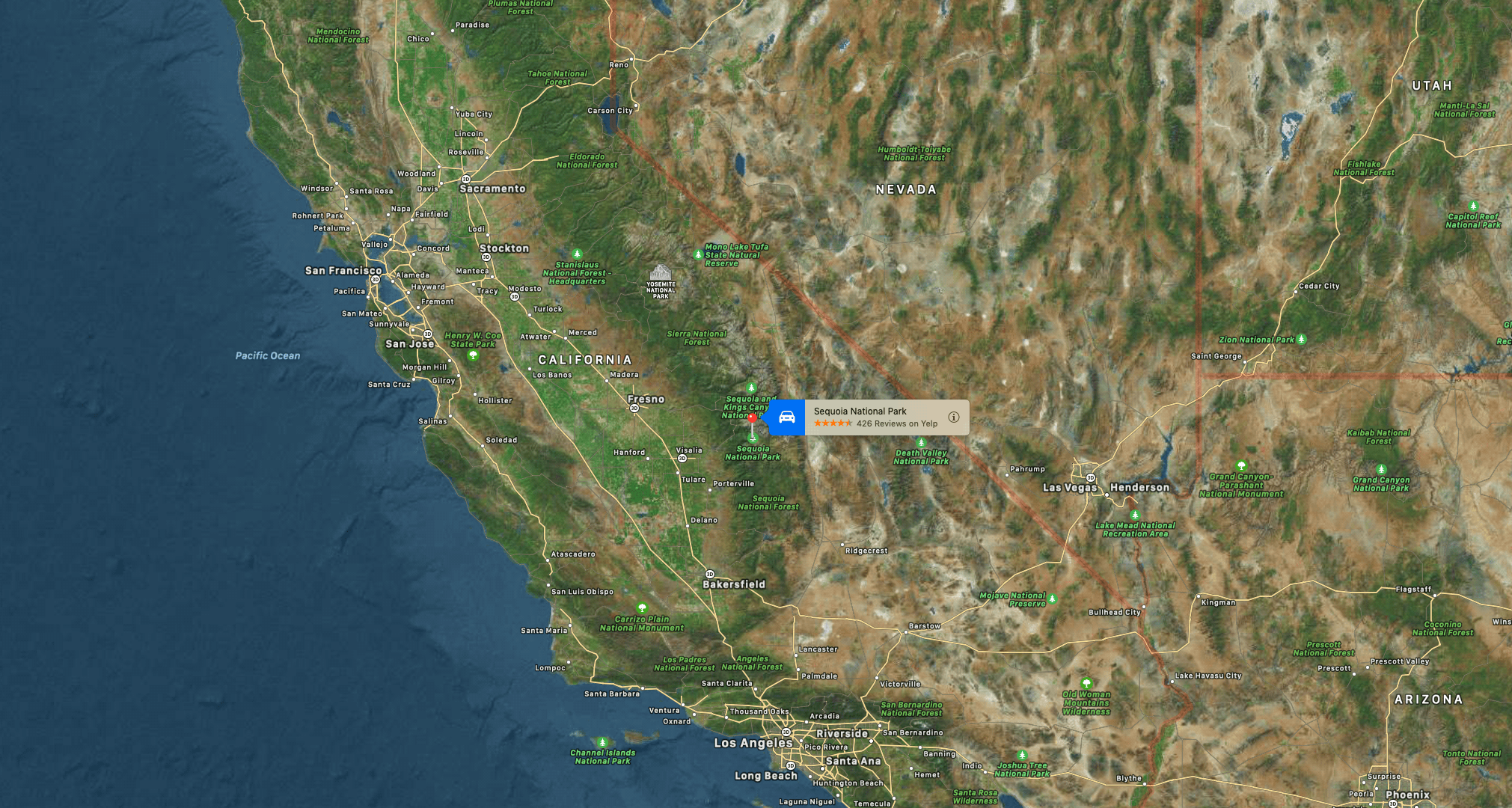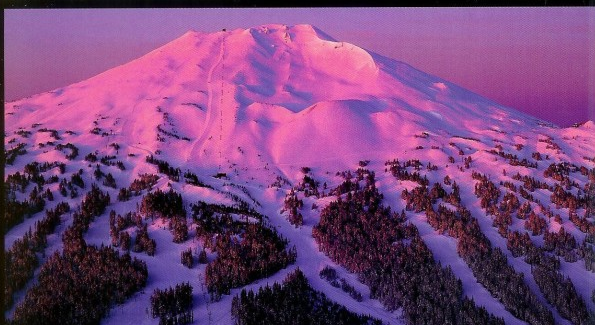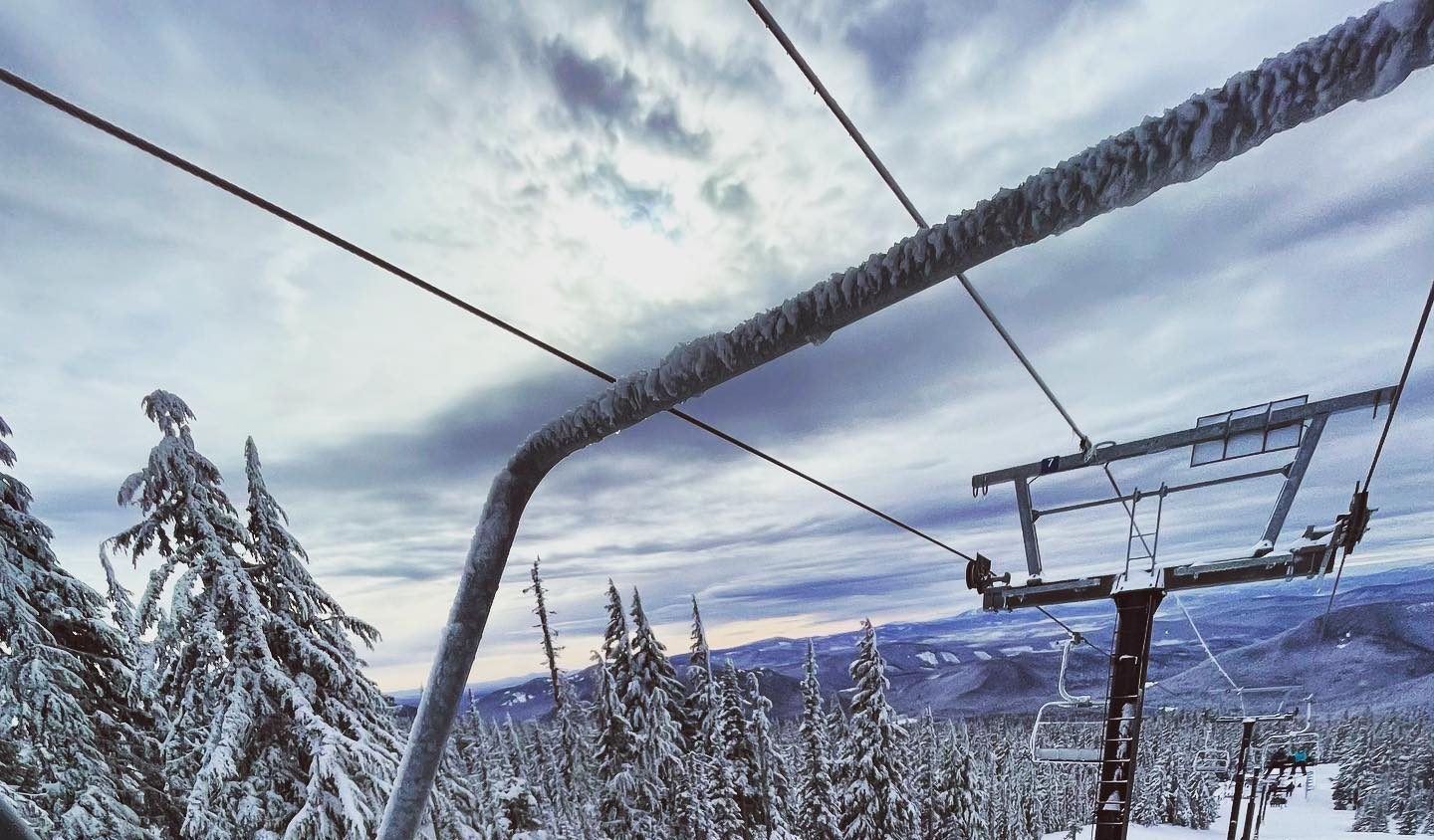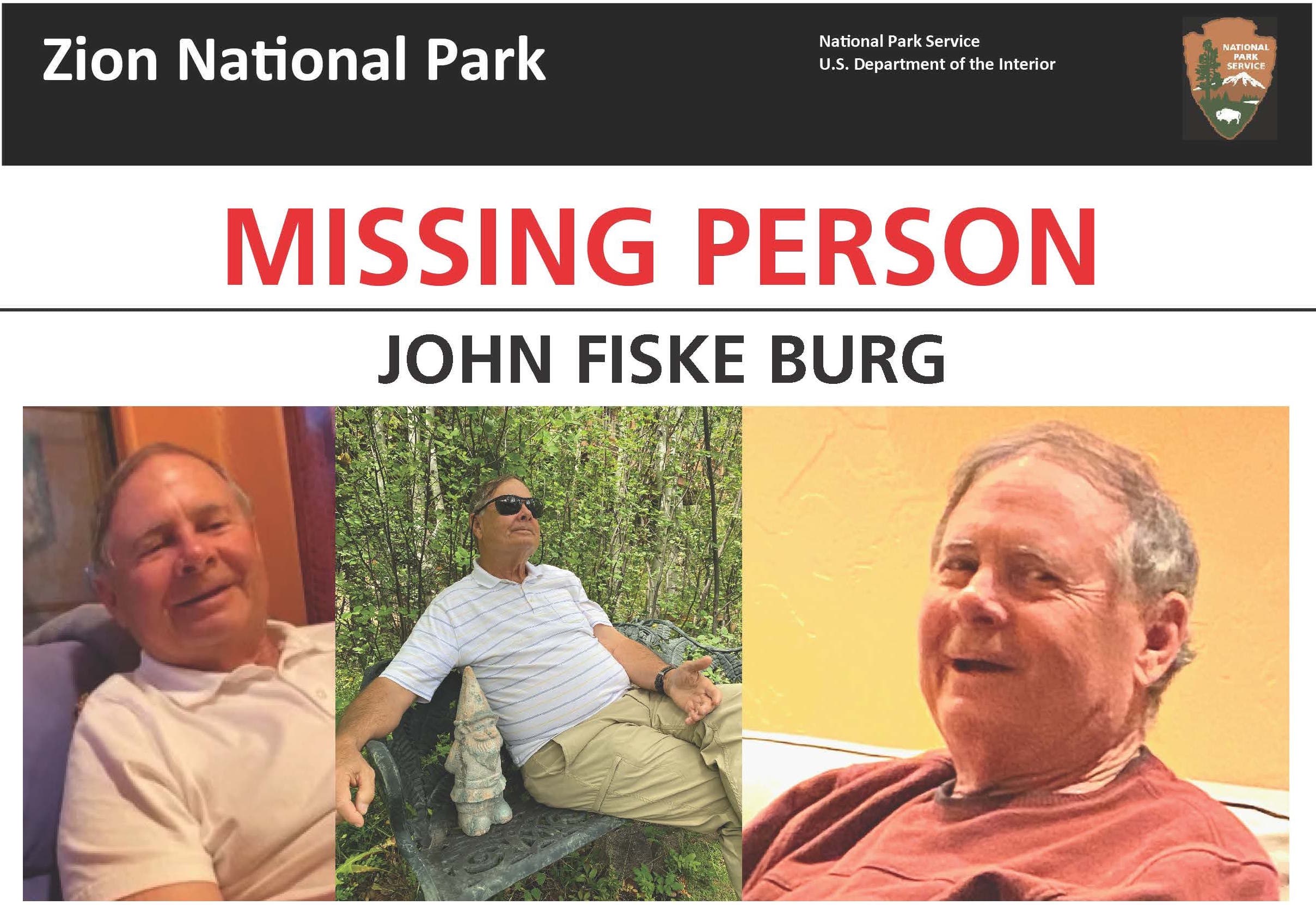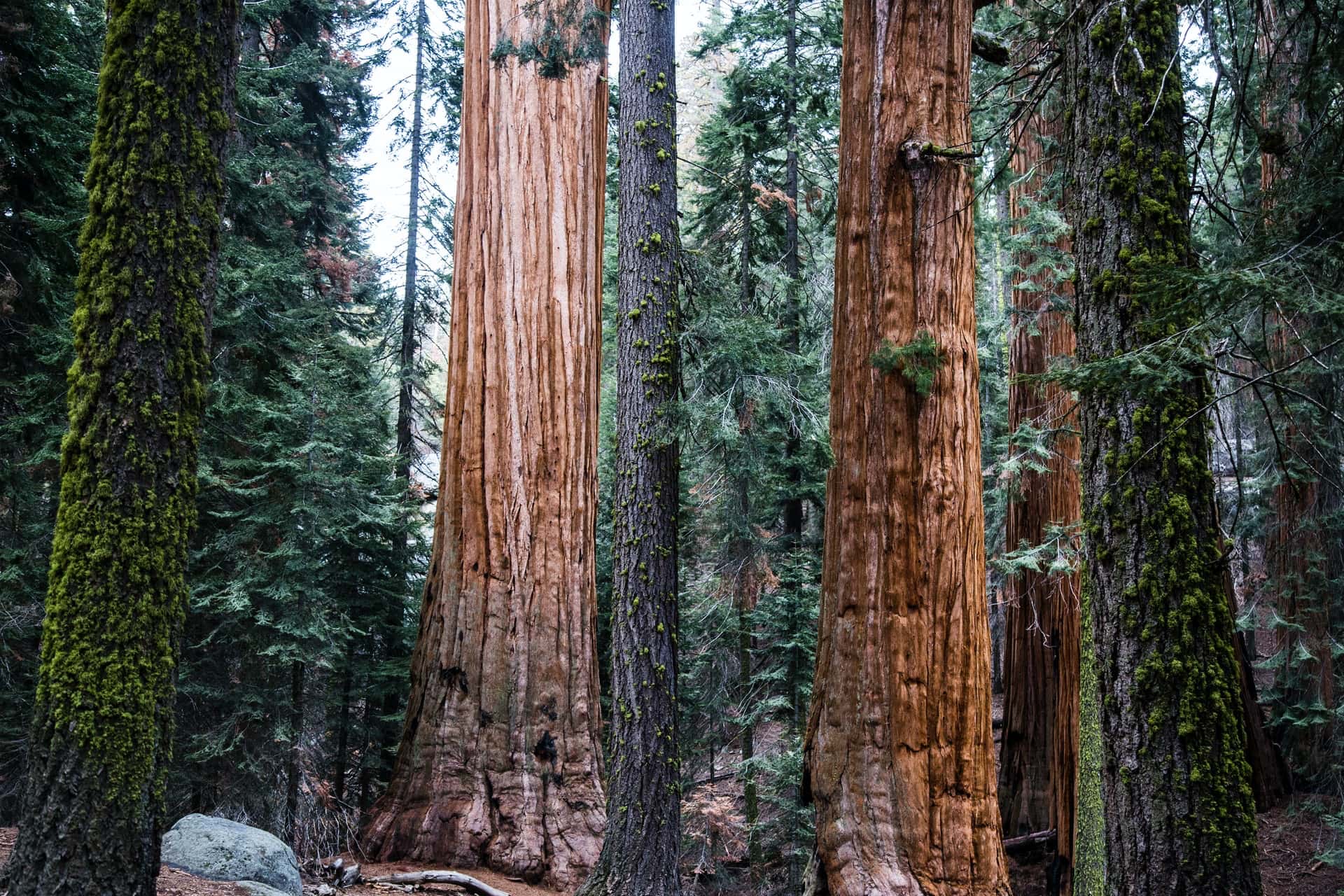
Due to extreme fire danger, record-setting temperatures, drought, and commitment of firefighting resources both regionally and nationally, Sequoia & Kings Canyon National Parks, CA, are increasing fire restrictions to Stage 3 – their highest level.
Effective from 12:00 pm on July 1, 2021, Sequoia and Kings Canyon National Parks are enacting a park-wide campfire and smoking ban. This includes all campgrounds, picnic, and day-use areas, and wilderness locations inside the parks. There are no exceptions to this change.
“This ban on all campfires in our front-country and wilderness areas is designed to reduce our risk from unwanted human-caused fires during the hottest and driest part of the year. We must all do more than before to be extra safe and cautious this year.”
– Chief John Ziegler, parks’ fire management officer
The increased fire restrictions can be summed up to be:
- Wood and charcoal fires (including wood-burning stoves) are illegal at all elevations and locations.
- Employee housing and private property throughout the parks are included.
- Gas, propane, alcohol (with and without a shutoff valve), and tablet/cube stoves are permitted in all areas.
- No smoking at any elevation except within an enclosed vehicle, a building in which smoking is allowed, or a designated smoking area.
These restrictions will remain in effect until conditions in the area have progressed to a point where minimal public hazard remains, as determined by the Parks’ Superintendent.
Also, firefighters and park rangers want to remind the public that fireworks of any kind are strictly illegal in all national parks year-round. Please do not even bring them into the parks during this critical time.
For information on the other fire restriction stage levels, please visit https://go.nps.gov/sekifirerestrictions
Sequoia National Park is an American national park in the southern Sierra Nevada east of Visalia, California. The park was established on September 25, 1890 to protect 404,064 acres (631 sq mi; 163,519 ha; 1,635 km2) of forested mountainous terrain. Encompassing a vertical relief of nearly 13,000 feet (4,000 m), the park contains the highest point in the contiguous United States, Mount Whitney, at 14,505 feet (4,421 m) above sea level. The park is south of, and contiguous with, Kings Canyon National Park; both parks are administered by the National Park Service together as the Sequoia and Kings Canyon National Parks. UNESCO designated the areas as Sequoia-Kings Canyon Biosphere Reserve in 1976.
The park is notable for its giant sequoia trees, including the General Sherman tree, the largest tree on Earth by volume. The General Sherman tree grows in the Giant Forest, which contains five of the ten largest trees in the world. The Giant Forest is connected by the Generals Highway to Kings Canyon National Park’s General Grant Grove, home of the General Grant tree among other giant sequoias. The park’s giant sequoia forests are part of 202,430 acres (316 sq mi; 81,921 ha; 819 km2) of old-growth forests shared by Sequoia and Kings Canyon National Parks. The parks preserve a landscape that still resembles the southern Sierra Nevada before Euro-American settlement.
The national park was partially closed in September 2020 due to the Sequoia Complex wildfire.
